I think it’s amazing the amount of random kitchen equipment you can get nowadays, Lakeland catalogues in particular are brilliant to introducing you to all sorts of things you never realised you needed – it has 15 different tin openers, a 3-in-1 avocado tool, banana holders and much, much more. It can get pretty dangerous for the bank balance! I’m pretty restrained though, my least used pieces of kitchen equipment are probably the deep fat fryer I’m slightly scared of (for both calorie and fire issues!) or the slightly fiddly doughnut maker, which I should really use more. Another underused piece is a tin from Williams-Sonoma that makes very pretty mini flower-shaped cakes, which I have avoided due to its intricacy and obvious issue of getting the delicate cakes out whole! 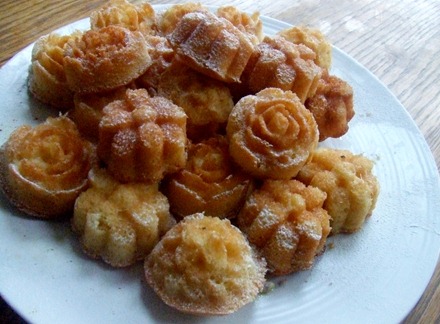 When Dr. Oetker offered to send me something to try, I was intrigued to try the Cake Spray. I’d seen it on TV cookery programmes, mainly Lorraine Pascale or American shows, but never tried using it myself. I wasn’t really sure what the benefits of it would be over simple butter or baking paper, but I was intrigued and wanted to to give it a go. I thought the intricacy of all the shapes would be the perfect way to put the spray to the test, as well as get some delicious cakes!
When Dr. Oetker offered to send me something to try, I was intrigued to try the Cake Spray. I’d seen it on TV cookery programmes, mainly Lorraine Pascale or American shows, but never tried using it myself. I wasn’t really sure what the benefits of it would be over simple butter or baking paper, but I was intrigued and wanted to to give it a go. I thought the intricacy of all the shapes would be the perfect way to put the spray to the test, as well as get some delicious cakes!
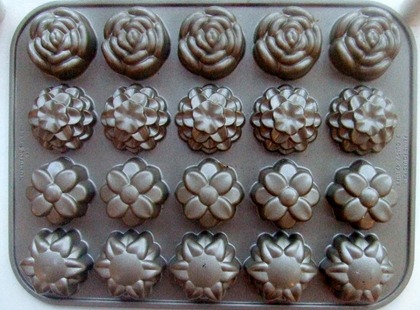 I’m pleased to say, as you can probably tell from the photos, the spray worked perfectly! The cakes slipped out super easily and it was easy to use as well, less faff then I think butter would be for a tin like this with lots of nooks and crannies. I thought the cakes had quite crispy edges on them, but as I rarely use this tin this could be caused by the weighty and dark metal. I was pleased (and relieved!) with the results and I will continue to use the spray for more fiddly bakes, when I don’t want to use liners for appearance reasons or when I’m out of butter or paper. Now – onto the cake!
I’m pleased to say, as you can probably tell from the photos, the spray worked perfectly! The cakes slipped out super easily and it was easy to use as well, less faff then I think butter would be for a tin like this with lots of nooks and crannies. I thought the cakes had quite crispy edges on them, but as I rarely use this tin this could be caused by the weighty and dark metal. I was pleased (and relieved!) with the results and I will continue to use the spray for more fiddly bakes, when I don’t want to use liners for appearance reasons or when I’m out of butter or paper. Now – onto the cake!
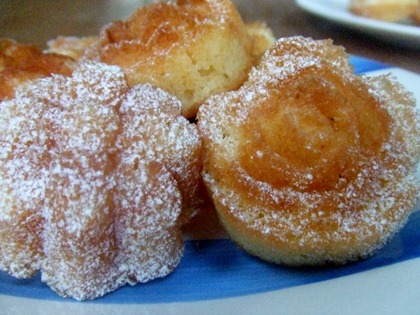 I wanted to do a lemon drizzle cake as I thought the bright flavour would suit the cute flower shapes nicely. I found it surprisingly difficult to find a recipe that suited what I wanted with plenty of lemon flavour and a simple lemon syrup instead of crunchy coating or glace icing topping, so I adapted a couple of different sources to make my own! The cakes had a strong lemon zing, the syrup kept them moist and their diminutive size made it very easy to eat several in one go…. Enjoy!
I wanted to do a lemon drizzle cake as I thought the bright flavour would suit the cute flower shapes nicely. I found it surprisingly difficult to find a recipe that suited what I wanted with plenty of lemon flavour and a simple lemon syrup instead of crunchy coating or glace icing topping, so I adapted a couple of different sources to make my own! The cakes had a strong lemon zing, the syrup kept them moist and their diminutive size made it very easy to eat several in one go…. Enjoy!
Mini Lemon Drizzle Cakes, adapted from The Big Book of 365 Cakes and Cookies by Hannah Miles
Makes around 40mini cakes (sounds like loads but remember they’re tiny!) or one 20cm/8in large cake
225g softened butter
225g caster sugar
4 large eggs, beaten
225g self raising flour
2tbsps milk
3 lemons, juiced and zested
2tbsps icing sugar
1. Preheat the oven to 180’C/350’F. Spray your mini muffin tins or a 20cm springform cake tin.
2. Beat the butter and sugar until light and fluffy. Add the eggs gradually, beating well after each addition. Add the flour, lemon zest and juice of 1 lemon and fold into the mixture.
3. Fill the mini tins 3/4 fill and bake for 10 minutes, until golden and springing back. If doing one large cake, bake for 25-30 minutes. Turn the cakes out onto a wire rack.
4. Heat the icing sugar and remaining lemon juice in a small saucepan until the sugar has dissolved, then boil for 1 minute to create a syrup. Spoon over the cakes whilst still hot, repeating until all the syrup is used up.
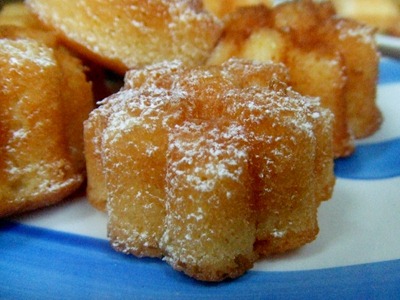
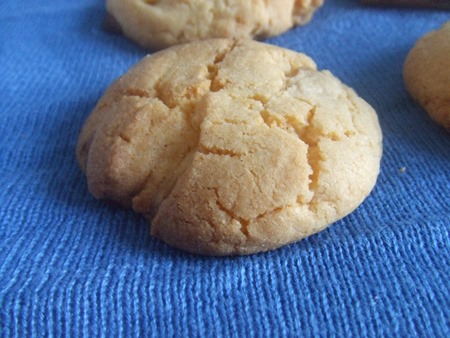 The result did not disappoint! They have a surprisingly large amount of custard powder in them, which gave the cookies quite a sandy texture and also a slightly orange tone. The amount of white chocolate didn't seem generous in the recipe but I think suited it well because otherwise, combined with the custard powder, they would be too sweet. I think they were nicest straight out of the oven when they were still soft in the middle and the chocolate was melting, as the biscuits became quite solid after a few days. This didn’t stop them being moreish though, particularly as I made them fairly small meaning the recipe made a large batch! They went down a treat with my friends too, despite already having had a bowl of tomato soup, ramekin of jelly and slice of pie each!
The result did not disappoint! They have a surprisingly large amount of custard powder in them, which gave the cookies quite a sandy texture and also a slightly orange tone. The amount of white chocolate didn't seem generous in the recipe but I think suited it well because otherwise, combined with the custard powder, they would be too sweet. I think they were nicest straight out of the oven when they were still soft in the middle and the chocolate was melting, as the biscuits became quite solid after a few days. This didn’t stop them being moreish though, particularly as I made them fairly small meaning the recipe made a large batch! They went down a treat with my friends too, despite already having had a bowl of tomato soup, ramekin of jelly and slice of pie each! 
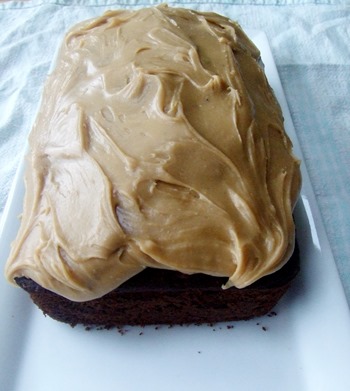
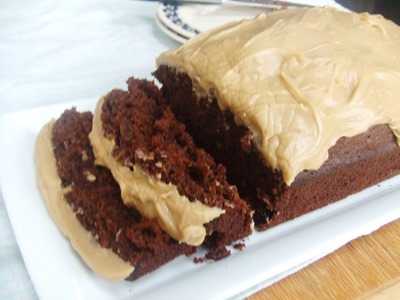
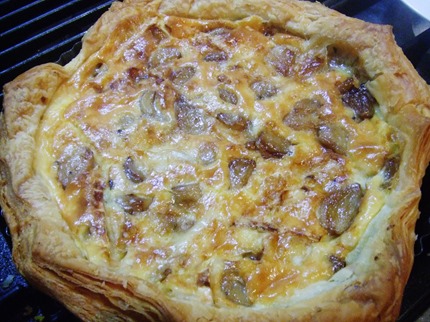
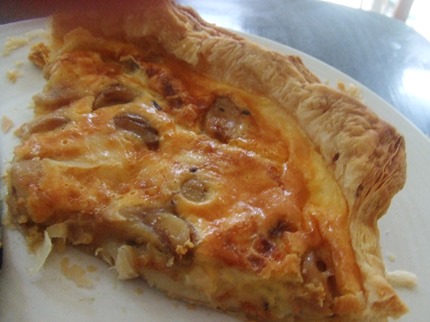
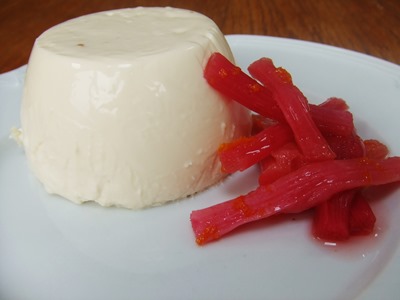
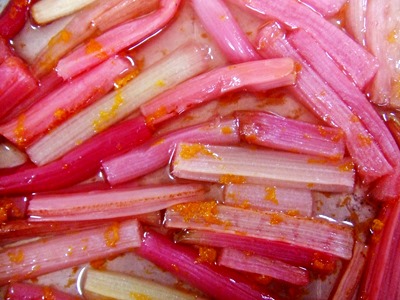



 I wanted to do a lemon drizzle cake as I thought the bright flavour would suit the cute flower shapes nicely. I found it surprisingly difficult to find a recipe that suited what I wanted with plenty of lemon flavour and a simple lemon syrup instead of crunchy coating or glace icing topping, so I adapted a couple of different sources to make my own! The cakes had a strong lemon zing, the syrup kept them moist and their diminutive size made it very easy to eat several in one go…. Enjoy!
I wanted to do a lemon drizzle cake as I thought the bright flavour would suit the cute flower shapes nicely. I found it surprisingly difficult to find a recipe that suited what I wanted with plenty of lemon flavour and a simple lemon syrup instead of crunchy coating or glace icing topping, so I adapted a couple of different sources to make my own! The cakes had a strong lemon zing, the syrup kept them moist and their diminutive size made it very easy to eat several in one go…. Enjoy!